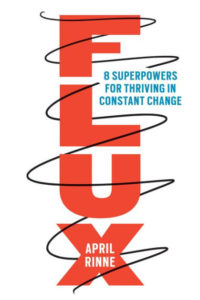Recently, a colleague asked a few of us about our views on critical thinking skills. This is actually a contentious topic. There are broad claims of the need for them, increasingly, even showing up in job advertisements. On the other hand, researchers and others have weighed in against them, saying that expertise is the only lever. I tend to lump critical thinking skills in with the broader issue of generic thinking skills, so what are the issues?
Upfront, I’ll admit that I like the concept of generic thinking skills. Say, for instance, learning-to-learn skills. That is, domain independent skills that lead to better approaches. It seems to make sense that, in the absence of specific knowledge, some general approaches are more useful than others. For instance, faced with a new domain, I’d be inclined to expect that systematic experimentation and observation would be better than random trial and error.
On the other hand, prominent psychologists like John Sweller and Paul Kirschner have said that domain-specific skills are the only way to bet. There is significant evidence that expertise matters in successful approaches to problem-solving, and others. While we have some innate skills for domains that are biologically primary, learning in other domains requires expertise.
Is there, then, any evidence for generic skills? Based on Micki Chi’s work on the value of self-explanation, Kate Bielaczyc and others have found that instruction on systematically explaining steps in examples help, across domains. In my own Ph.D. thesis, I trained folks on analogical reasoning skills, and found improvement (for component skills that weren’t a) already ceilinged or b) were perceived to be immutable, across different problem types.
How, then, do we reconcile these conflicting viewpoints? My (self- :) explanation is that it’s a matter of degree, a continuum rather than a dichotomy. The more domain knowledge you possess, the more likely you are to find a good answer. However, what if you’re in a new domain where you don’t have relevant expertise to hand? In that case, I’ll suggest that there are benefits to some approaches over others, and training those general skills is justifiable. That is, general skills are weaker than domain specific skills, but general skills are better than nothing!
We know that there are practices that improve outcomes. For instance, I’ve written about how to, and not to, do brainstorming. Similarly, I believe Harold Jarche’s Seek-Sense-Share model works across domains. Systematic creativity is not an oxymoron! That’s the story I’m holding on to about generic thinking skills. What are your thoughts on the topic?




